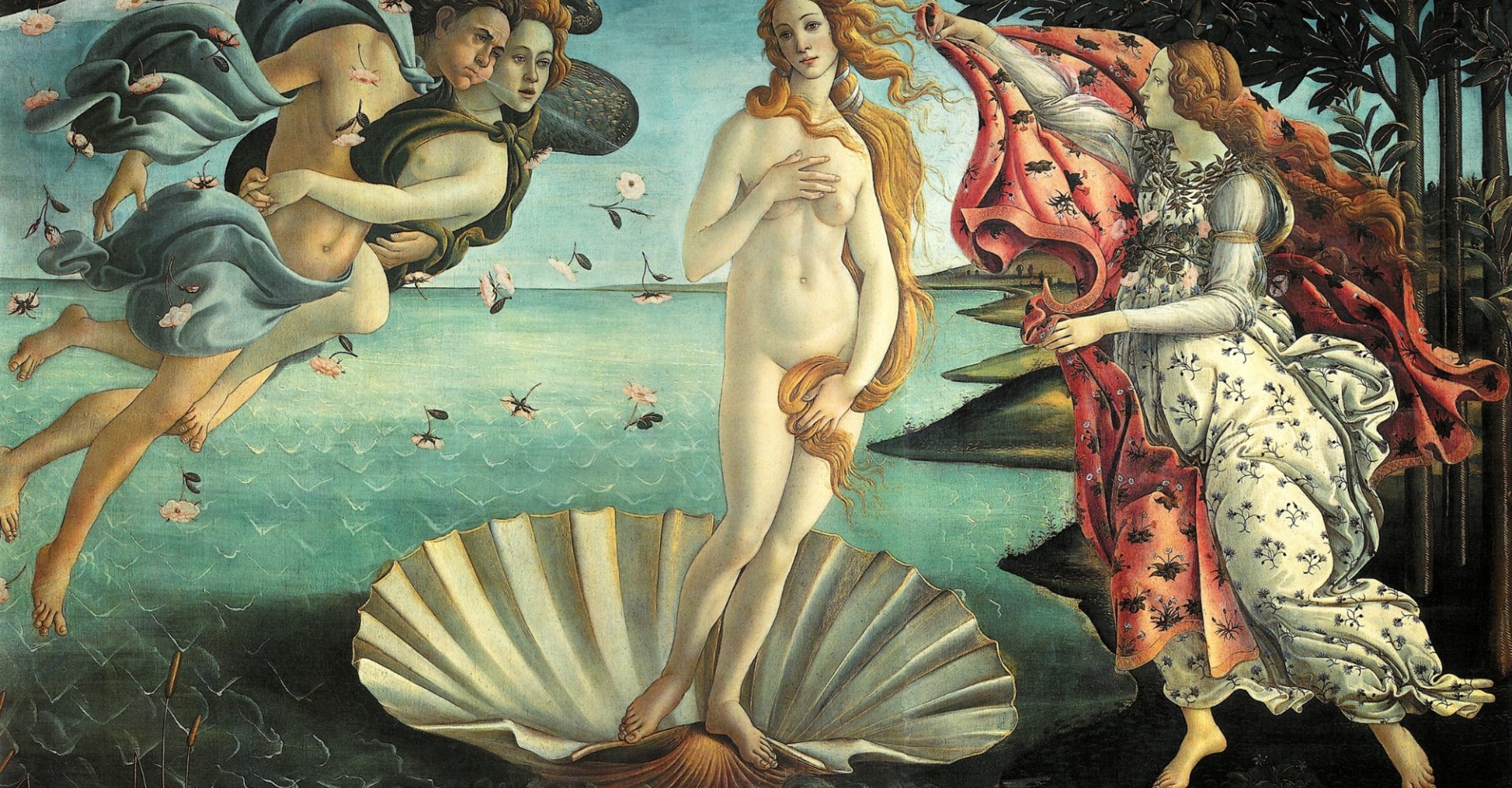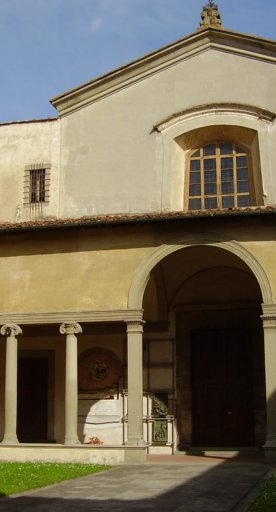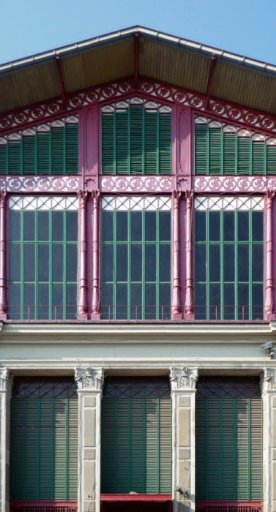The Birth of Venus by Sandro Botticelli
One of the iconic paintings from the Renaissance preserved in the Uffizi
Between 1498 and 1540, Sandro Botticelli created one of the most iconic paintings of the Italian Renaissance, a work of incredible beauty that is now housed in the Uffizi Gallery in Florence: The Birth of Venus. The protagonist of the painting is the goddess Venus, a symbol not only of the union between heavenly and earthly nature but also of the rebirth of classicism and the soul after baptism, thus a meaning that is not only classical but also Christian.
The Goddess of Love is depicted emerging from the waters upheld by a shell. On one side is the Nymph Ora who is handing her a cloak and on the other, Zephyrus embracing Chloris as a symbol of the fecundity of life. Naked, Venus is in the act of covering her breasts and pubis with her flowing locks. Her body is curvy and longilinear while her face, framed by hair, bears an expression of sweetness but also of subtle melancholy.
Botticelli’s figures bear an ideal beauty, with perfect, pure forms and sharp linearity. The colors are pearly and the shades impalpable.
This work is kept in the Uffizi Gallery in Florence, in the same room as another famous masterpiece by Botticelli: Primavera.










